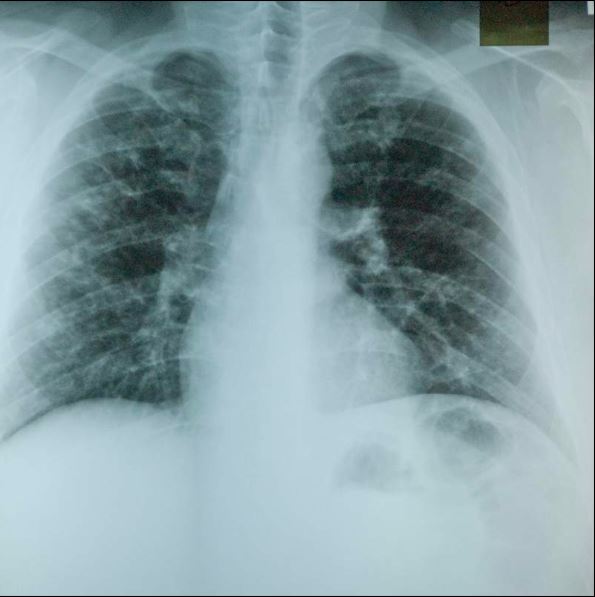Breath of Life
 Professor David Cliff is working to help stop deadly black lung disease before it begins.
Professor David Cliff is working to help stop deadly black lung disease before it begins.
Coal workers’ pneumoconiosis (CWP), or black lung, is a potentially fatal, irreversible lung disease caused by breathing in coal mine dust. The culprit is respirable dust released during mining, which contains coal and other mineral particles that are small enough to be breathed deep into the lungs, where they can block air passages and cause scarring of lung tissue.
Because there is no cure, the only way to save people from CWP is by preventing them from breathing in the dangerous respirable coal dust in the first place.
This prevention is the aim of a joint research initiative between The University of Queensland, the Queensland Government’s Safety in Mines Testing and Research Station (Simtars) and New South Wales-based industry organisation Coal Services, with funding from the Australian Coal Association Research Program (ACARP).
The ‘Improving respirable coal dust exposure monitoring and control’ project, led by Professor David Cliff from UQ’s Minerals Industry Safety and Health Centre (SMI-MISHC), has two main aims: to establish the best ways of measuring mine workers’ exposure to respirable dusts, and then using these measurements to test the effectiveness of different exposure reduction methods.
Continue Reading at UQ Research Impact
